Gardening in winter presents unique challenges, but it can also offer rewarding opportunities with the right strategies. Many assume the garden sleeps during the colder months, but that’s far from the truth. Here are some winter gardening ideas to create a stunning landscape that thrives despite the chill. While the palette of plants may change, the interest in texture, color, and form doesn’t have to wane with the arrival of frost. Techniques such as creating structure with beautifully bare branches or incorporating evergreen specimens help maintain a garden that captivates year-round. By focusing on plant form and placement, a garden in winter can showcase the foundational elements that are often overlooked in the fullness of summer.

1. Plan Your Next Garden
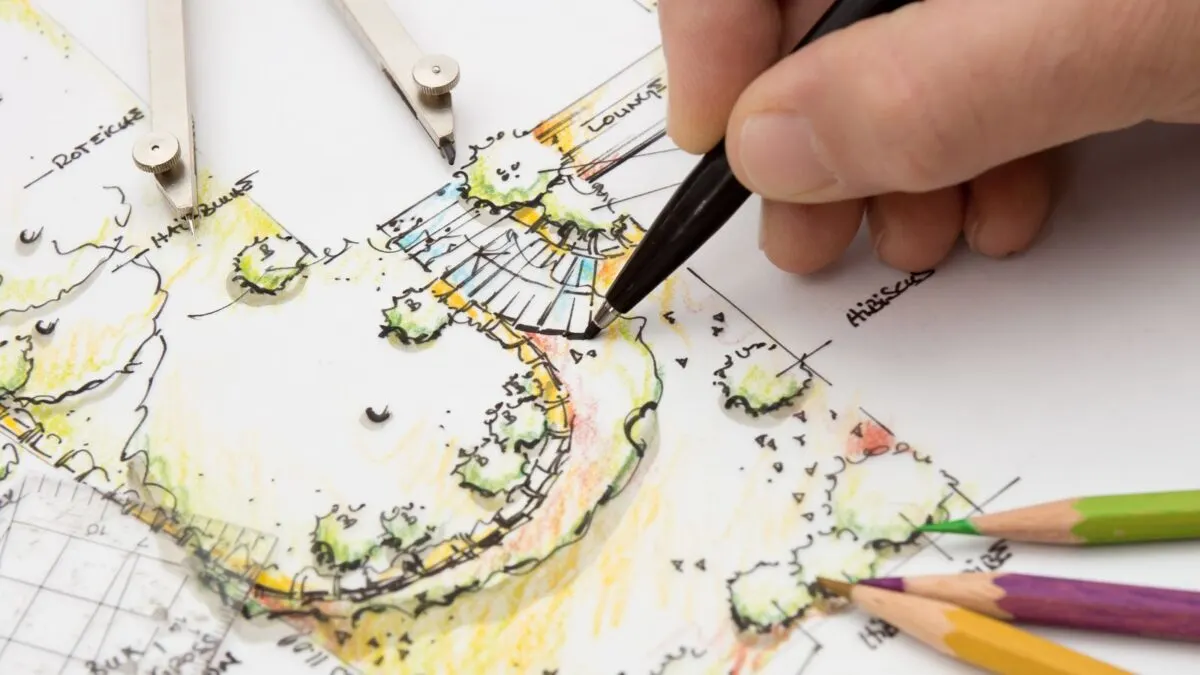
When planning a garden, consider your area’s climate and the sunlight your future green patch receives. Determine where each plant will go, considering the specific needs of vegetables, flowers, and trees you intend to grow.
- Spring garden: Ideal for planting cool-season vegetables and flowers that can tolerate mild frosts.
- Summer garden: Best suited for warm-season crops that require more sunlight and heat.
- Fall garden: A time to plant trees and evergreens, which can establish roots during the cooler months.
2. Read Gardening Books
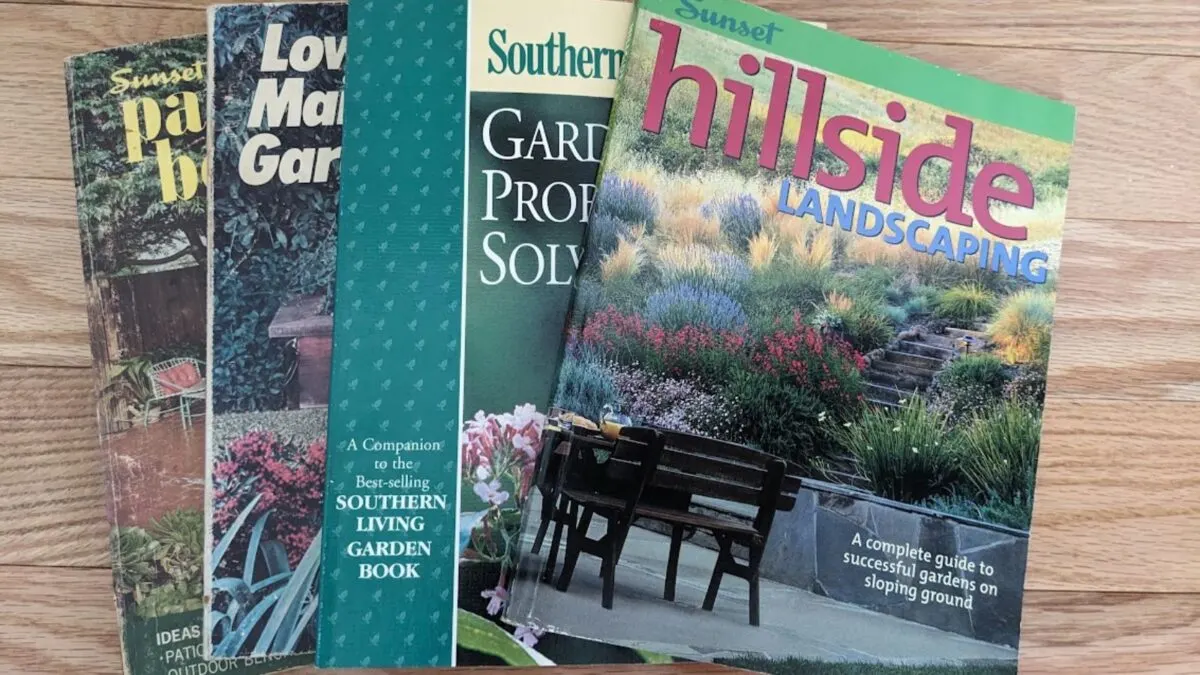
Use the time indoors to expand your knowledge and gather new winter gardening ideas during the colder months. Reading gardening books is a rewarding way to prepare for the upcoming growing season. They offer a wealth of information, from practical tips to inspiring designs, that can enhance one’s skills and garden’s success.
Check out these gardening books for beginners.
3. Grow Cold-Hardy Vegetables
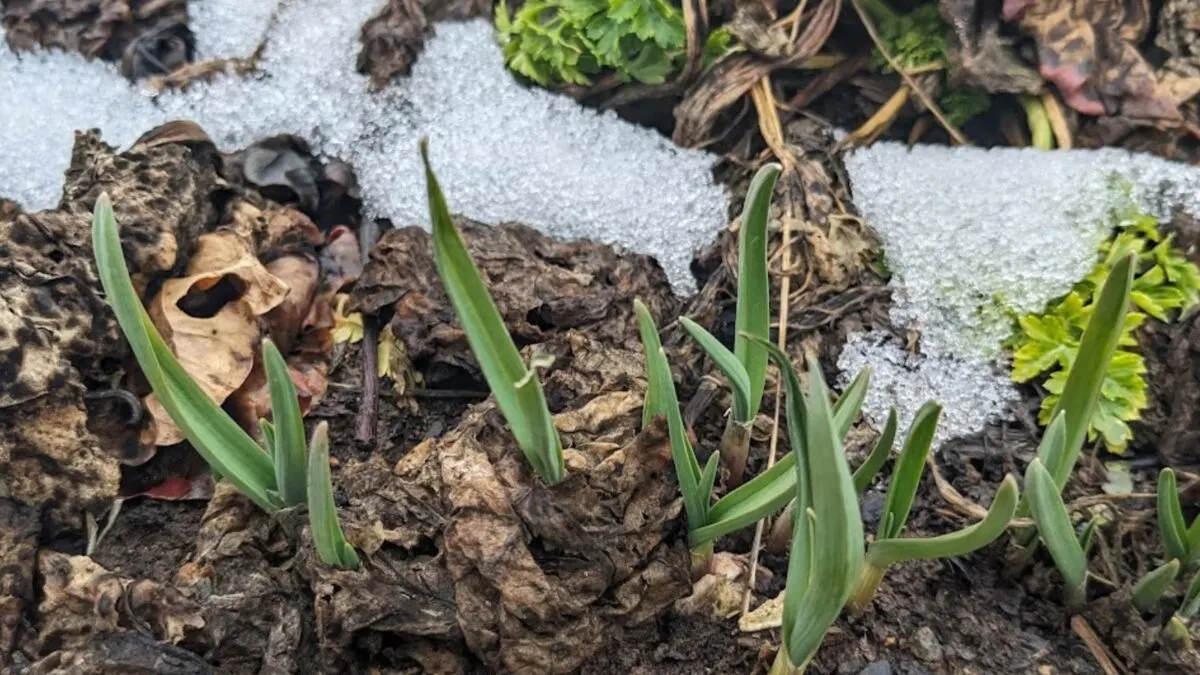
Embracing cold weather can yield a surprising variety of produce. Cultivate a selection of resilient vegetables against the frost, ensuring the winter garden remains productive. Some favorite garden veggies are onions, garlic, leeks, kale, and Brussels sprouts.
Learn more about winter hardy vegetables.
4. Grow Herbs Indoors
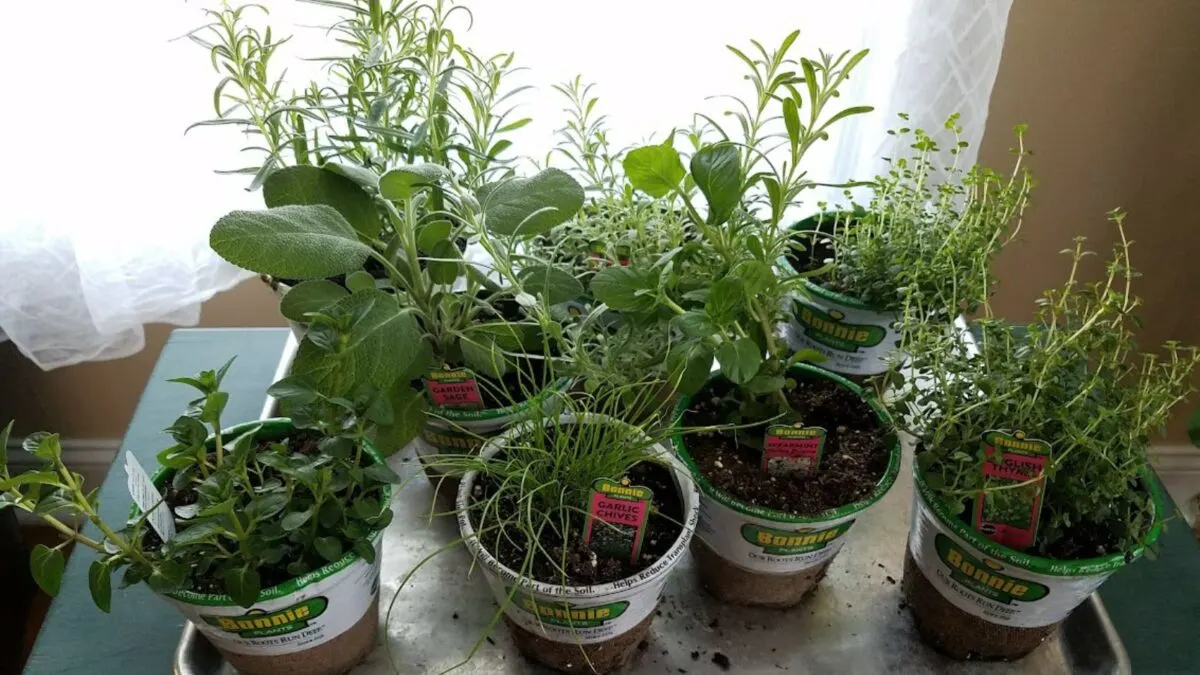
Many herbs can thrive indoors during winter. Rosemary, sage, and thyme are excellent options for maintaining a fresh supply of flavors in the kitchen.
Click and Grow makes it easy to grow herbs indoors.
5. Grow Microgreens

Microgreens like arugula, alfalfa, radish, and sunflower can be grown inside and harvested within weeks. They offer a quick, nutrient-dense harvest, perfect for winter salads.
6. Plant New Evergreens
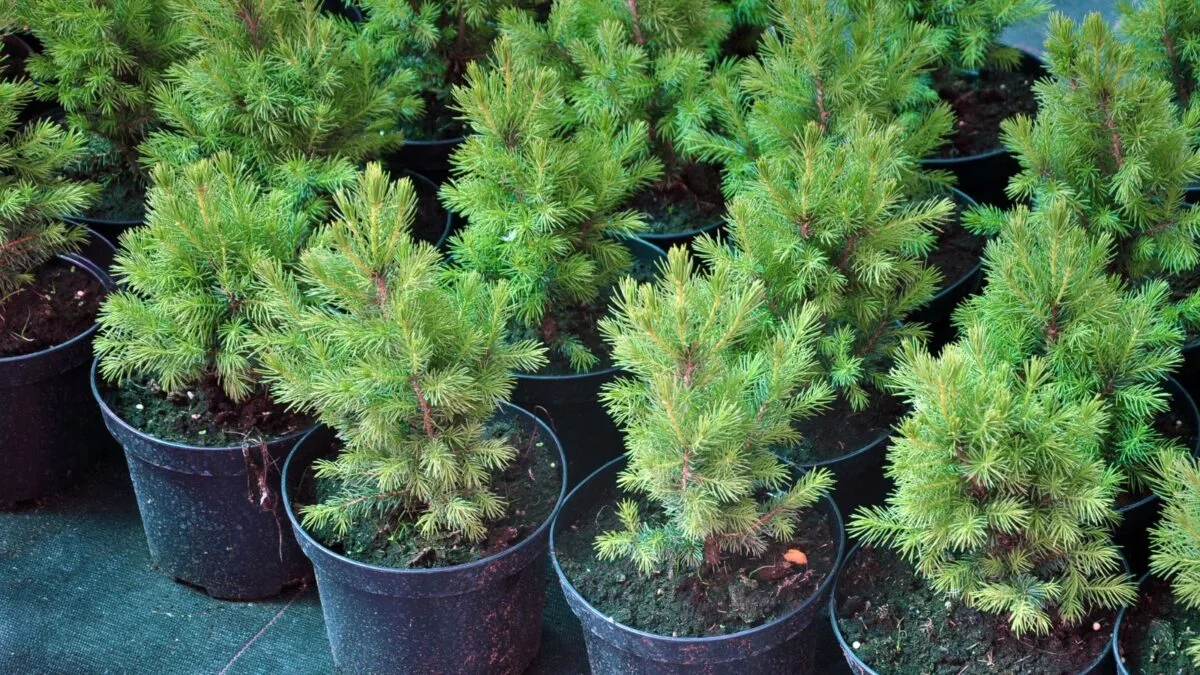
Evergreens add structure to a winter landscape. Plant evergreen shrubs, trees, and ornamental grasses to create year-round visual interest in the garden.
7. Prune Shrubs and Trees
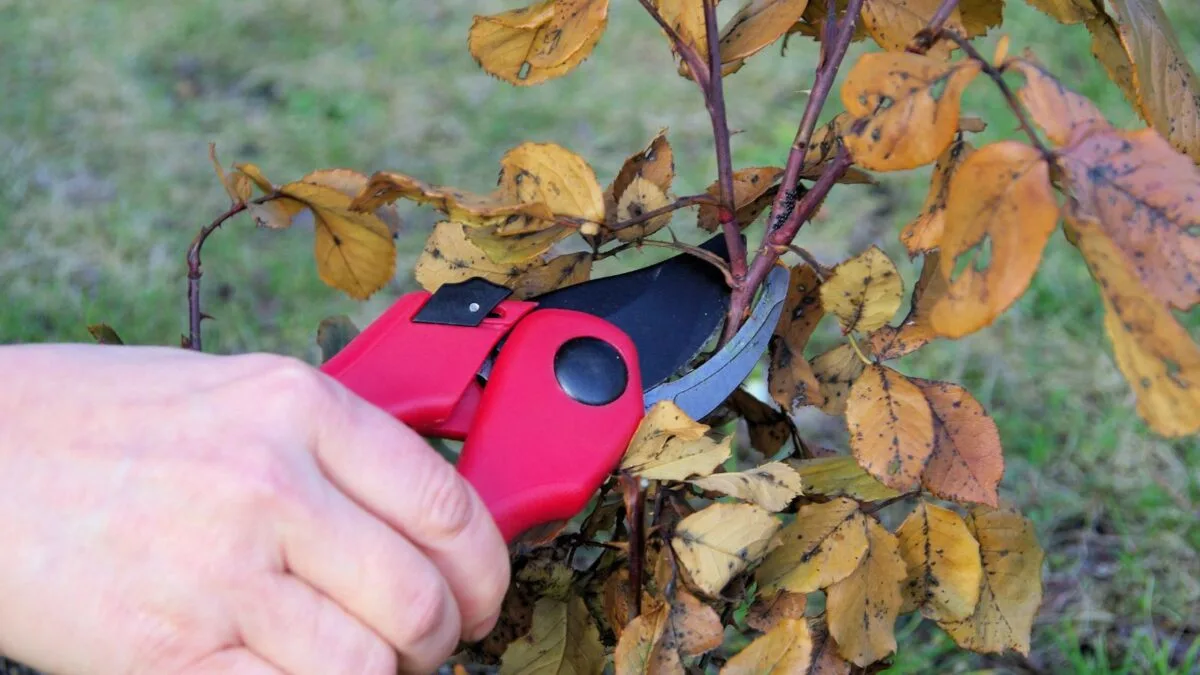
Winter is ideal for pruning many shrubs and trees, such as dogwoods and witch hazel. Pruning when they’re dormant helps to invigorate spring growth.
Here are some of our best pruning guides:
8. Plant Bulbs
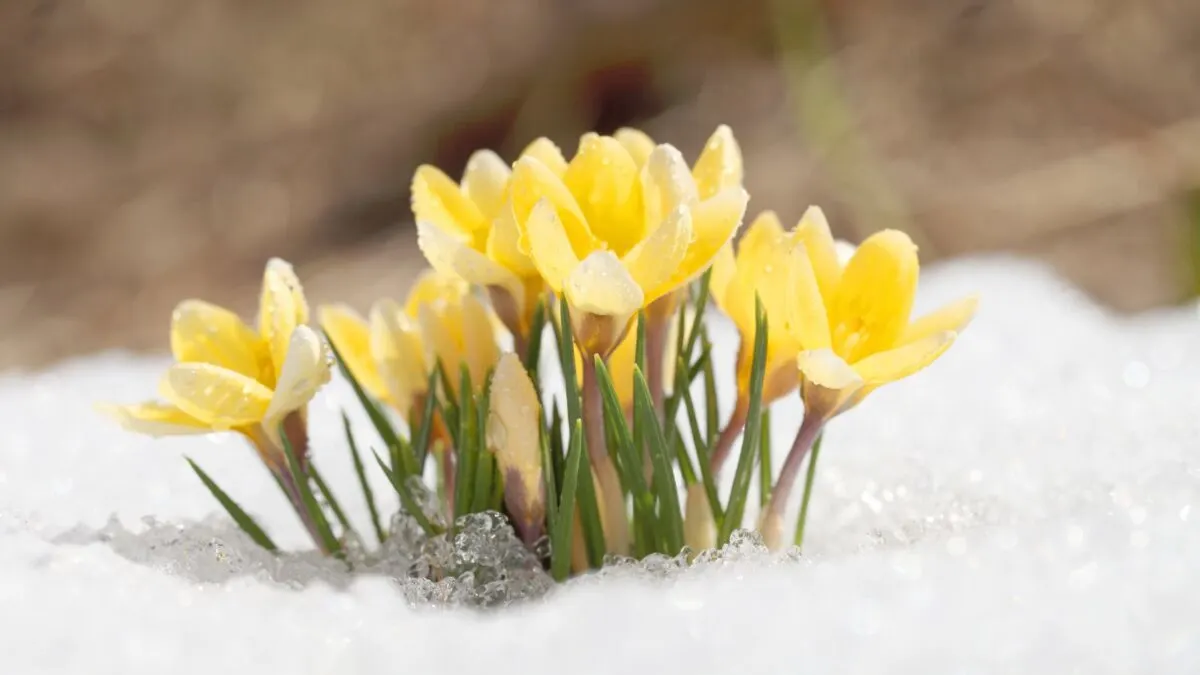
By strategically planting flower bulbs, Winter gardening can be as vibrant as any other season. They see gardeners through the colder months, anticipating the splash of color that spring will bring.
Opt for hardy varieties that survive cold soil and chilling temperatures. Snowdrops, for instance, are known for their delicate and eye-catching white flowers and can withstand frost, making them ideal for winter planting.
9. Start Seeds
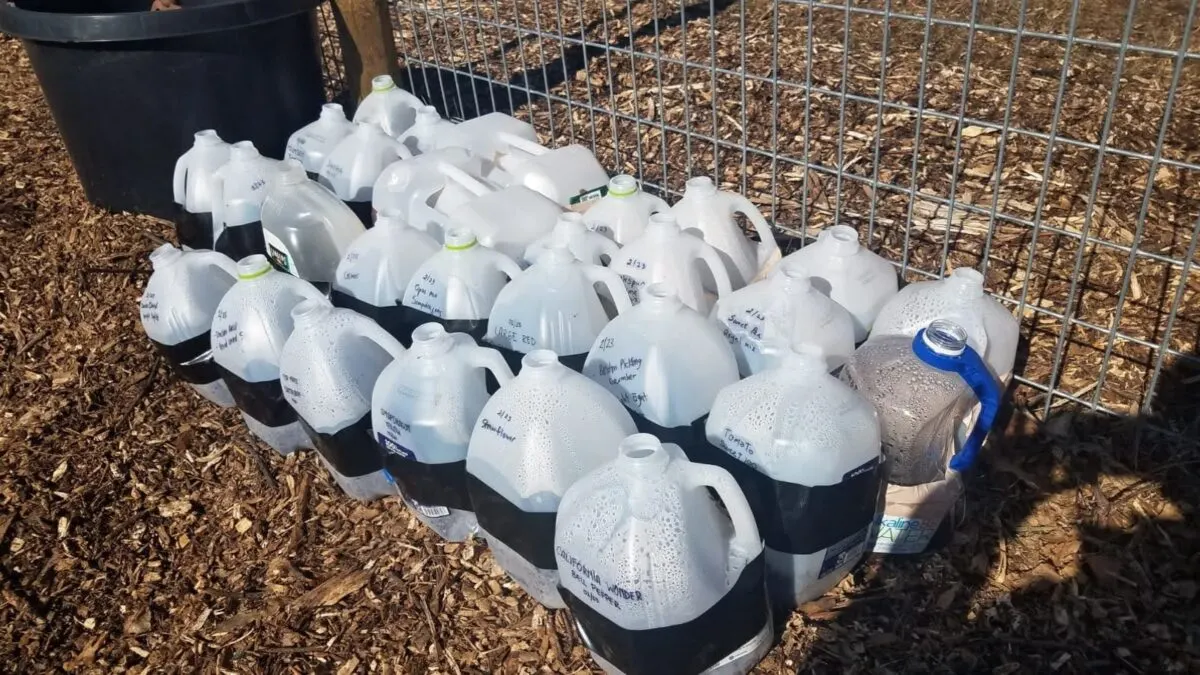
Use the winter months to get a head start on spring gardening by starting seeds indoors or by winter sowing. This is an excellent way to extend the growing season and enjoy gardening activities in the winter.
Learn more about winter sowing.
10. Build A Terrarium
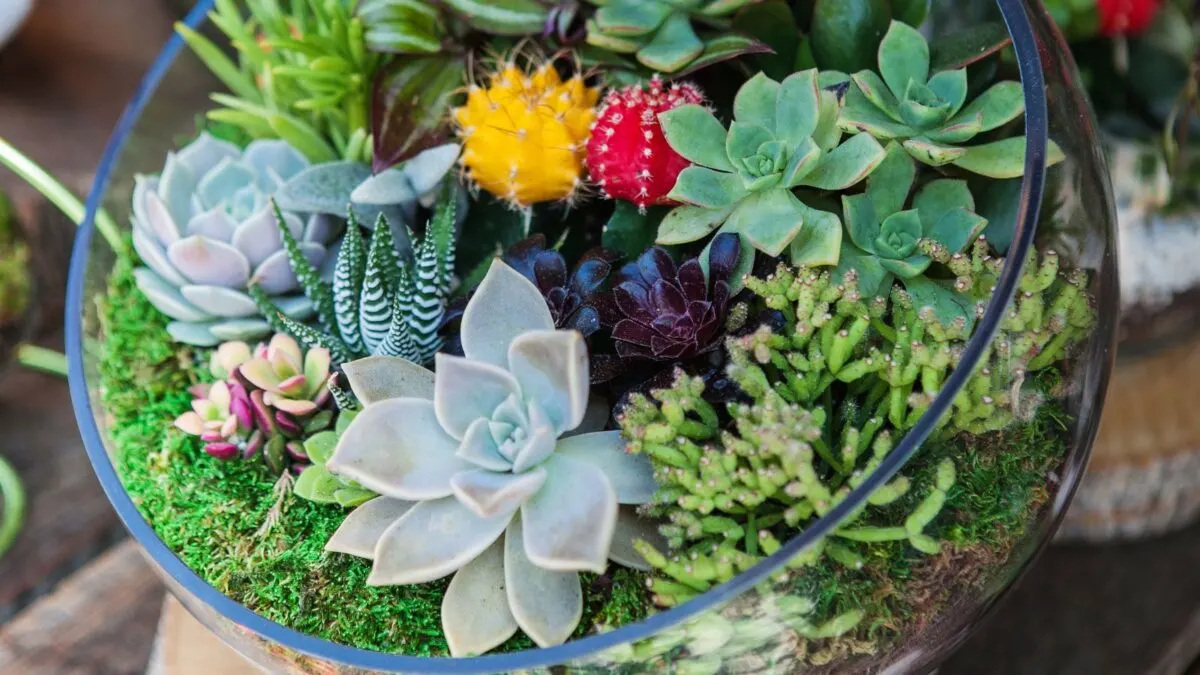
Building a terrarium is a rewarding way to create a miniature landscape inside your home.
Start with a clear glass orb or an egg-shaped glass vessel to give a full view of the terrarium’s contents. An open container is best for plants that prefer a dry climate, while a closed one can maintain higher humidity for tropical plants.
Layer your terrarium with materials for both function and aesthetics:
- Gravel: A base layer that ensures proper drainage.
- Activated Charcoal: Just above the gravel to help filter the water and keep it fresh.
- Potting Soil: Use a soil appropriate for the plants you’ve selected.
- Plants: Arrange them considering height and texture to create depth.
- Decorative Elements: Small pine cones or cedar cones can add natural detail.
11. Feed the Birds

Winter gardens can become essential sanctuaries for wildlife, offering vital resources during the colder months. Gardeners can enhance winter interest and contribute to bird conservation by providing nourishing food sources and bird-watching opportunities.
Birds require high-energy foods during winter to maintain their body temperature. Stock up on black oil sunflower seeds, which are preferred for their high-fat content. Suet cakes are also excellent, as they provide concentrated energy. For ground-feeding species, scattering millet or cracked corn can be beneficial.
These are the best bird feeders for winter.
12. Take up Bird Watching
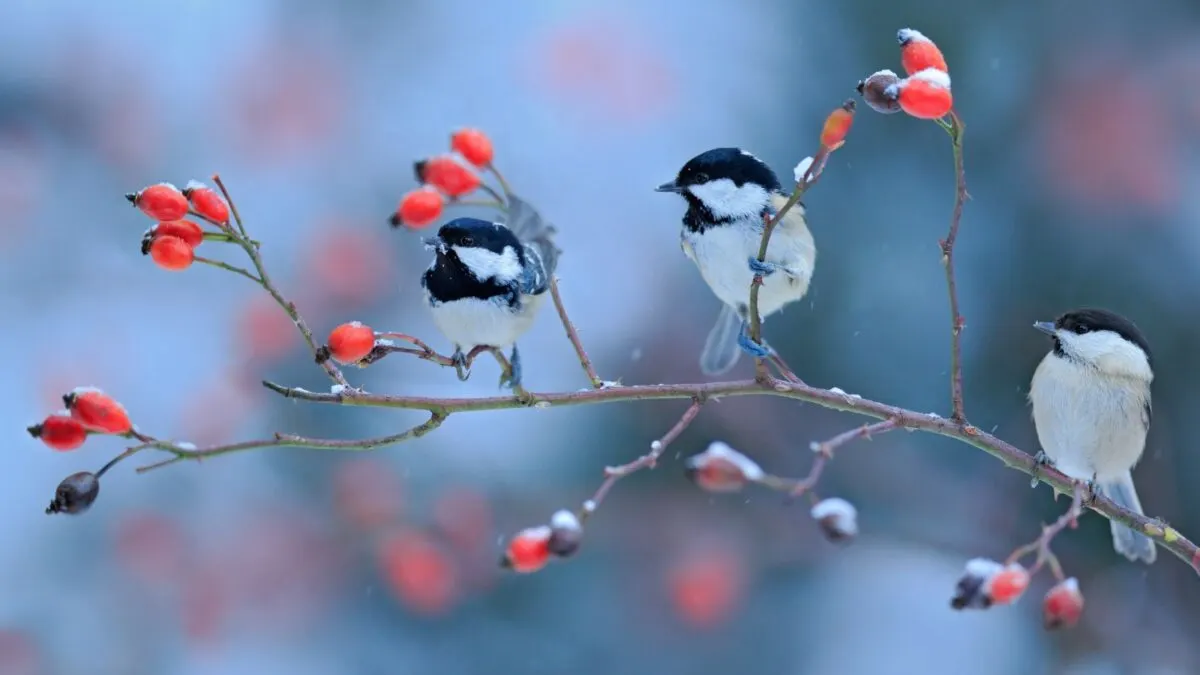
Bird-watching can be a delightful way to enjoy wildlife from the comfort of your home, especially during the winter when you’re stuck inside. You’ll attract birds with food, water, and shelter.
If you’re new to watching birds, buy a field guide specific to your area to help you identify the different bird species you’re observing. Get a pair of binoculars to magnify what you see and a notebook to record bird sightings and behavior.
13. Add a Heated Birdbath to Your Front Yard
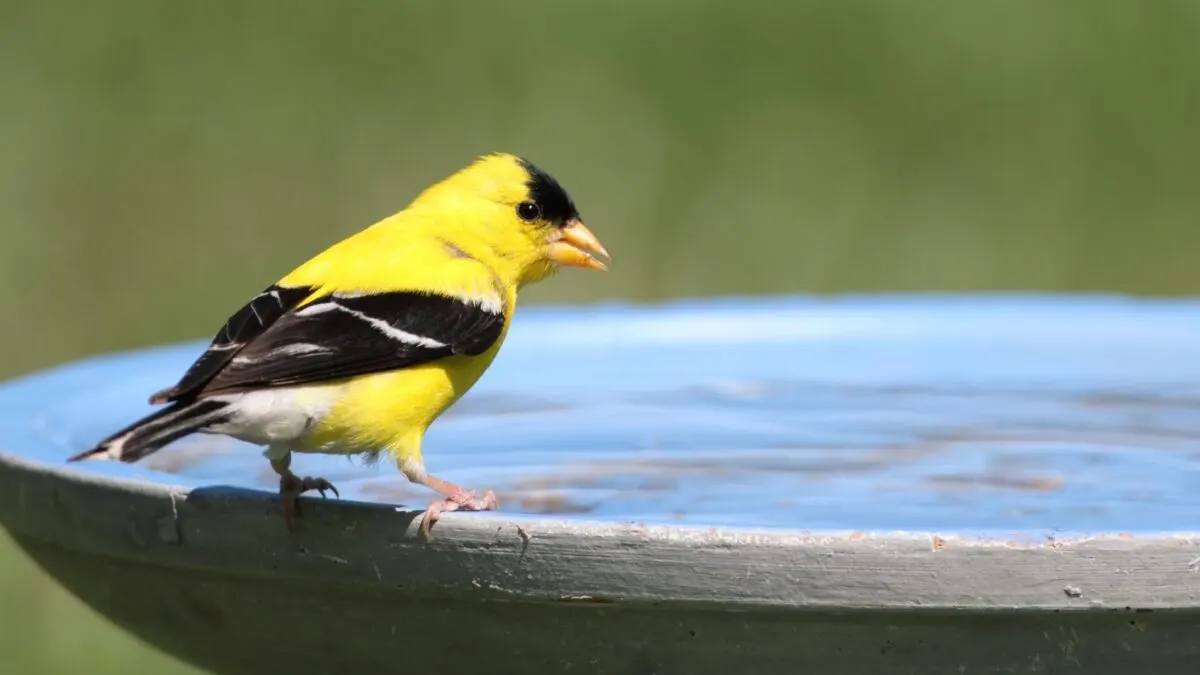
Enrich your winter garden and take an active role in helping birds thrive during the colder months by adding a heated birdbath to your yard. Better yet, get a solar-heated birdbath so you don’t need to plug it into the electric grid.
14. Plant a Container Garden

Container gardens can be housed in small spaces like balconies, patios, or sunrooms. While not everything will thrive in an indoor container garden, many veggies will do well. Try garlic, onions, herbs, lettuce, radishes, spinach and kale.
15. Enjoy Last Year’s Seed Heads
Seed heads from the previous growing season offer a visual delight in the winter and plenty of food for wildlife. The remnants of once vibrant plants now stand as natural sculptures amidst the sleeping garden, capturing frost and snow on their intricate forms.

Maintaining a winter garden requires an appreciation for the subtle beauty of dormancy. You can enjoy the quiet beauty and simplicity of seed heads that remind you of the garden’s summer and fall vibrancy while awaiting spring renewal.
16. Create a Compost Heap

Creating a compost heap is an excellent winter gardening project that maintains soil health and prepares for a fruitful vegetable gardening season. Pick a spot that’s easily accessible, even during winter, and has good drainage to avoid over-saturation of the compost.
Want to learn about composting? Here’s how to make organic compost.
17. Get a Greenhouse

If you love your veggies and wish you had a way to enjoy them year-round, get a greenhouse and use it to extend your growing season. Some veggies (kale, swiss chard, spinach, and lettuce) do well in a greenhouse, even in the dead of winter.
Here’s how to build a passive solar greenhouse for year-round harvesting.
